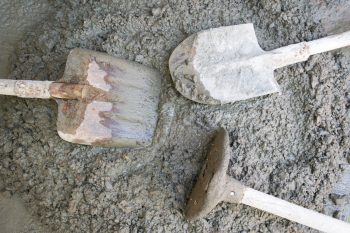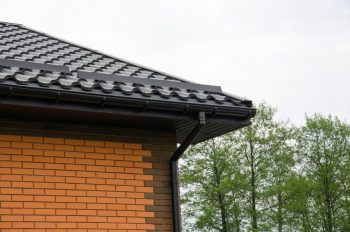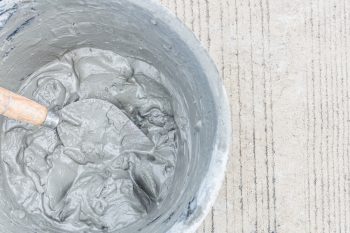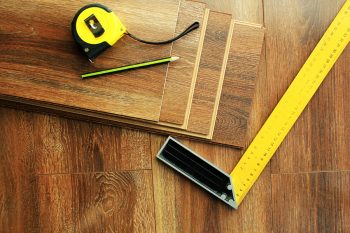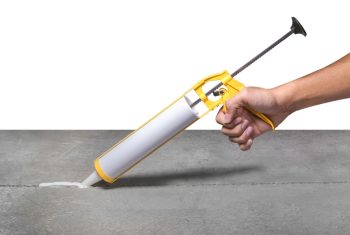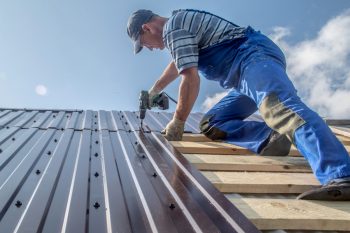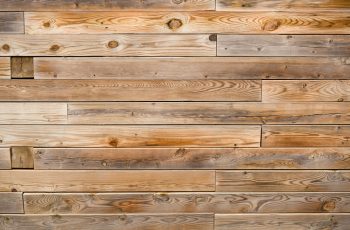
If your floor sweats, it weakens the foundation and creates a slippery surface, which can be a risk factor. While concrete floors are notoriously known for sweating, other floor finishing, like tile and wood, can also sweat.
Hence, why does a floor sweat, and what can you do to stop it?
Condensation is the main reason some floor finishing sweats. To stop a sweating floor, all you need is proper moisture control.
To better control the moisture of your house, you can use the following:
- A floor sealant
- Dehumidifier
- Fans
- Air temperature
Even if you don’t have a concrete floor, a concrete slab can cause whatever flooring you have to sweat. So, it’s vital to know how to deal with the issue to prevent moisture retention on your floor.
In this article, you’ll learn tips on how to stop a sweating floor and its cause.
4 Tips To Stop a Sweating Floor
If you notice moisture accumulating in a particular area of your home, you should inspect your home for leakage before you rule it out as a sweating floor problem. Or ask the people around if anyone spilled water.
You can perform a DIY sweating floor test to clarify whether you are dealing with a sweating floor problem.
All you need for the test is clear nylon and some duct tape. In the area you suspect the floor is sweating, clean it dry and place a piece of clear nylon over it.
Use duct tape to glue the nylon to the floor such that no air gets in or out from around the nylon. Allow it to sit for at least 48 hours.
If you see water condensed under the nylon after 48 hours, then it’s clear you are dealing with a sweating floor problem.
Thankfully there are a handful of tricks you can use to mitigate the issue, as described below.
1. Floor Sealants
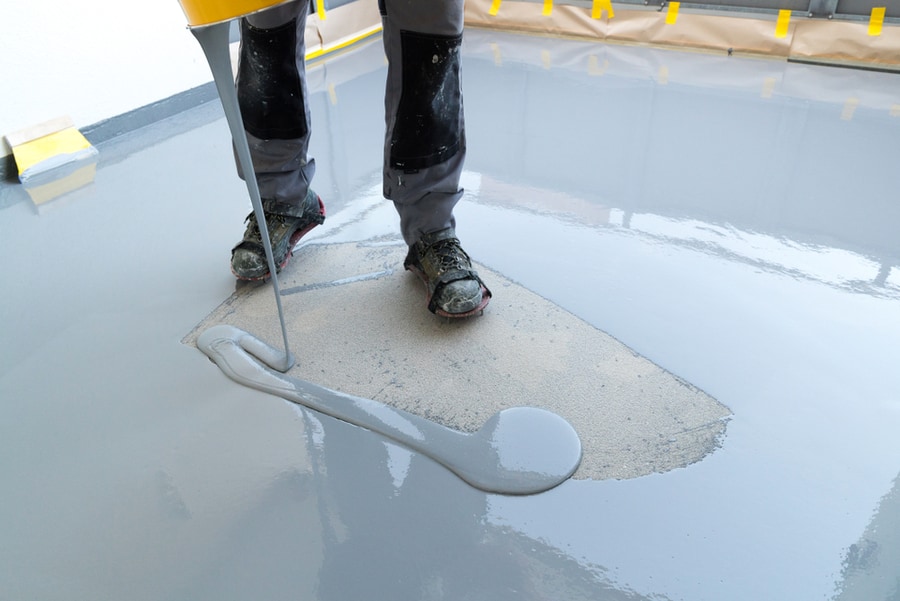
One of the best ways to deal with a sweating floor problem is by applying a floor sealant. This method helps reduce and even prevent sweating on some floors, particularly concrete.
Applying a sealant on your floor creates a barrier on top of your floor, keeping the moisture from seeping through the porous floor.
If you use a floor sealant, ensure you get one that is ideal for your floor. Also, cleaning the floor thoroughly (sweeping and mopping) is best before applying the sealant.
Allow the area to be completely dry before applying the sealant, and ensure you level the floor, freeing it from cracks and holes applying the sealant.
2. Dehumidifier

Another way you can get rid of sweat on your floor is by dehumidifying the areas. A dehumidifier is inexpensive and a great way to suck moisture out of the air in areas with high humidity.
The high moisture content in the air is what condenses to form sweat on the floor.
Also, if you notice the problem is not with the floor but with the air, a dehumidifier is still the best appliance for the job.
It helps solve the problem and prevents the buildup of mildew and mold. Some dehumidifiers can even remove dust and odor from the room, thus improving general comfort.
3. Fans

Another effective method to reduce sweating on your floor is installing fans in the area. By using fans, you increase air circulation across the floor.
When the air near the surface of the floor does not rest long enough to cool, condensation will not occur.
A wall mount or upright standing fan effectively circulates more air throughout the room. But when setting up the fans, take note of the most optimal area where it will cover most of the room.
A large fan is better if you have a large area, as it will move more air. Sometimes, combining fans and a dehumidifier is best when dealing with a severe condition of a sweating floor.
4. Air Temperature
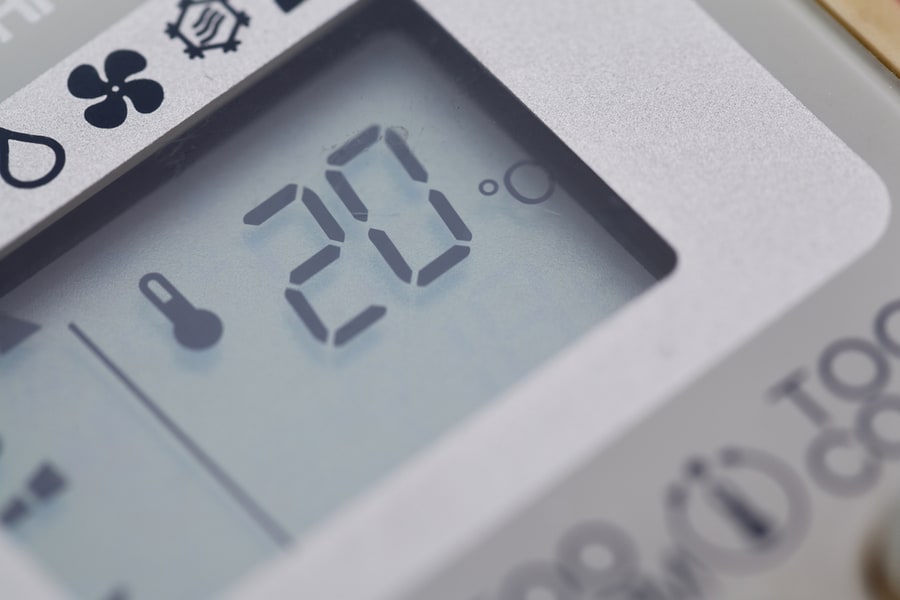
Increasing the room’s temperature is another practical solution to deal with a sweating floor issue. By heating the air in the room, you will bring the temperature of the surface of your floor closer to the room temperature.
As such, the floor will not be cool enough to condense the air that comes in contact with it.
An HVAC system or a radiant floor heater works well in fixing this issue. But be aware that if the room is not insulated, it can be expensive to use a heater since it will take longer to warm the floor’s surface.
Why Does Your Floor Sweat?
A sweating floor problem can mean two things: moisture seeping through the floor or cold air condensing on the floor.
1. Air Condensation

Warm and humid air is the most common cause of sweating surfaces. When the floor’s temperature is colder than the temperature of the air, the warm and humid air on the floor’s surface condenses, creating sweat.
2. Missing Vapor Barrier
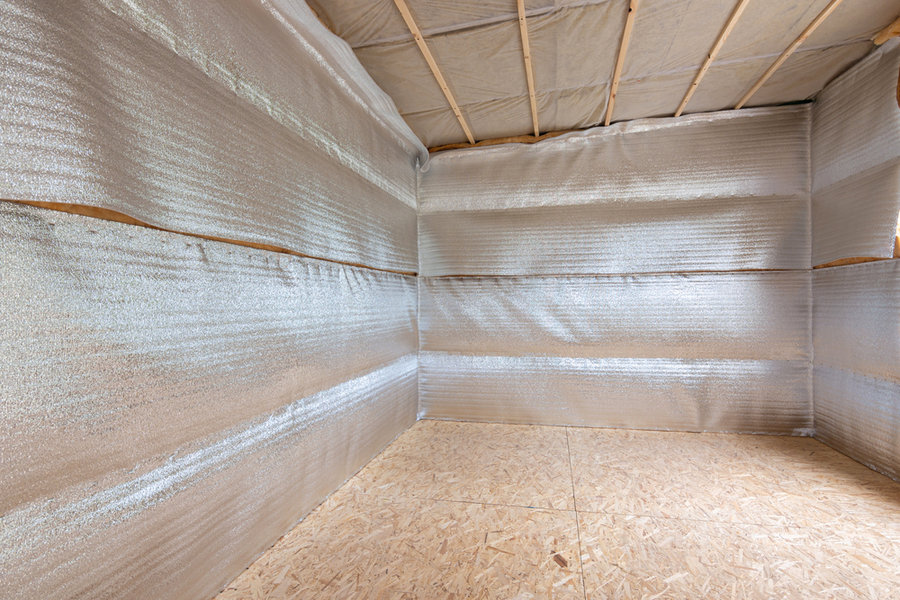
Another reason floor sweat is when there is a missing vapor barrier. As such, moisture can easily seep through the floor and condense on the floor’s surface.
Conclusion
Changing your room floor is arguably the best way to deal with a sweating floor.
Vinyl mats or even a carpet floor are excellent floorings you can use to eliminate a sweating floor, as this type of flooring adopts the same room temperature and not the subfloor’s temperature.
But if you don’t want to change your flooring, sealing the floor, installing fans, using a dehumidifier, or increasing the air temperature will help eliminate sweat on the floor.
Frequently Asked Questions
How To Handle Floor Sweat Before Laying on Carpet or Vinyl?
If you have a concrete subfloor, before laying the carpet on vinyl, take time to take preventative measures to prevent floor sweat.
Clean the floor properly, and when dry, seal the concrete before installing the carpet or vinyl.
Can a Floating Have a Sweating Floor Problem?
Yes, a floating floor can also have a sweating floor problem. But in most cases, a floating floor sweats due to air condensation.
